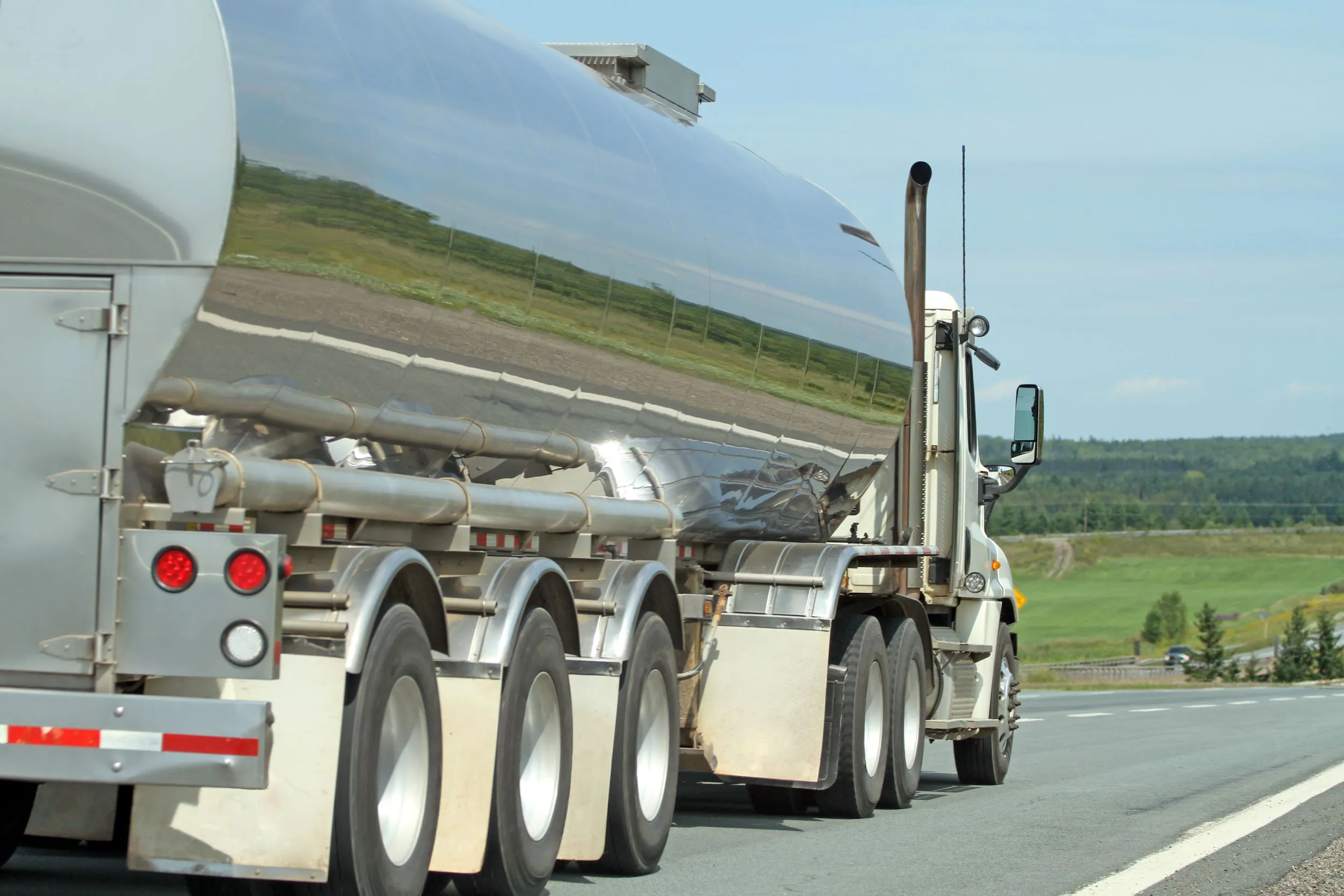The global dairy industry creates hundreds of billions of dollars in revenue annually, and continues to grow despite the rising popularity of dairy alternatives. The world’s population continues to increase, along with incomes in emerging regions, helping to drive demand around the world. However, supply chain limitations and disruptions have created challenges for dairy producers in many regions, resulting in wasted products and lost profits. Supply chain management practices and technology are therefore more important than ever for the global dairy industry.
Factors Impacting the Dairy Supply Chain
The past few years have been challenging for the dairy supply chain, with the impact of the pandemic, labor shortages, inflation, climate change, regulations that vary from country to country, and more. Many dairy producers are therefore focusing on not only growth but on resiliency and sustainability as well. Growth can only bring companies so far if they are unable to withstand volatile markets and supply chains. It is therefore important to be able to adapt to changing situations and to recover from setbacks.
Supply chain challenges can come in many forms: difficulties sourcing ingredients or other supplies such as animal feed, high material costs, shipping delays, and the unpredictability of all of these factors. Transporting dairy products to processors and other customers is also an essential part of dairy industry logistics, and one that can have a major impact on sales and product supply.
Because many dairy products — especially milk — are highly perishable and sensitive to temperature, they require specialized transportation vehicles and packaging, and must be delivered within a particular timeframe. This makes them particularly vulnerable to transportation issues. If appropriate transportation for milk isn’t available, that milk can end up simply being dumped rather than sold, causing waste and as well as loss of profits.
An increase in transportation costs and availability mean that dairy products don’t travel as far as they otherwise would. Rising fuel costs make it more expensive to transport products long distances, and decreased availability of transport options makes it more economical to keep deliveries closer to the source of production. This leads to fewer companies being willing to buy surplus milk and other products from farther away, leading to greater waste as dairy producers are unable to move perishable products. This in turn can cause shortages of dairy products in some areas despite surpluses in others, impacting prices as well as availability. In short: when transportation options are limited, the whole supply chain suffers.
Technology in the Dairy Supply Chain
While dairy producers can have only limited control over transport and other aspects of the supply chain unless they own them outright, there are still ways to mitigate risks and losses. Technology such as inventory management systems and automation can improve efficiency and transparency, enabling companies to more easily adapt to setbacks and unexpected changes.
Internal technologies can help dairy industry companies deal with external setbacks. A good inventory management system, for example, can track exact quantities of supplies and products and provide real-time data on stock levels. It can also predict when new supplies will need to be ordered and estimate how much product will be needed to meet demand under various circumstances. Systems like this can be set to send alerts when inventory levels are low and even take automatic actions in response to certain situations. This inventory transparency and automation reduces the likelihood of supply shortages or overproduction, resulting in less waste and expense. Since the dairy industry is particularly vulnerable to issues of over- or undersupply, these benefits are invaluable.
Inventory management is not the only aspect of dairy production that benefits from data collection and analysis. The distribution and delivery processes can benefit from advanced tracking that provides detailed, real-time information on not only the location of a given shipment but also its condition and the conditions in which it is traveling. This data can reveal not only acute issues with a particular shipment but also places where the transportation process may be lacking. This enables dairy production companies to be proactive about logistics and discover the optimal way to transport their perishable goods.
Supply levels and logistics are challenging for the dairy industry in many countries, from the US and Canada to China and elsewhere. But the market continues to grow, and there are many opportunities for dairy producers to take advantage of despite complicated supply chain issues. The right technology can help companies make the most of those opportunities and adapt to a changing global market.


